Whenever we assume that Jackson Hewitt, Liberty Tax, and approximately half of separate preparers charge add-on charges, it might equal about 1.2 million customers, or just around 25% of RAL borrowers. Utilizing Jackson Hewitt’s limit of $40—a conservative presumption provided the expansion of multiple fees—these add-on costs increased by about $48 million the total amount compensated for RALs this year. Hence, taxpayers destroyed someplace in the area of $386 million collectively to obtain loans merely a 1 to 2 months earlier than they might have gotten their refunds through the IRS.
RALs are mostly marketed to taxpayers that are low-income.
Relating to IRS information, 92% of taxpayers whom sent applications for a RAL this season were low-income.31 A report through the Urban Institute discovered that the median modified revenues of RAL borrowers is under $20,000, and that one in four taxpayers earning $10,000 to $25,000 make use of a RAL.32 In reality, this research unearthed that “taxpayers residing in exceptionally low-income communities are an astonishing 560 per cent almost certainly going to utilize RALs and 215 per cent more prone to use RACs—controlling due to their family members faculties and their earnings.”33 To put it differently, RAL users are usually not merely bad; they reside in bad communities. The writers regarding the research theorized that this event might be because of focusing on by taxation planning chains, especially in keeping of shop areas, or due to“peer that is significant.”34
The absolute most most most likely RAL users are recipients for the Earned Income Tax Credit (EITC). RALs strain a huge selection of vast amounts from that system every year. IRS information demonstrates that this season nearly two-thirds (66%) of RAL customers had been EITC recipients, or 3.4 million families.35 Yet EITC recipients made just 20% of specific taxpayers this year.36 Hence, EITC recipients are greatly over-represented among the ranks of RAL customers.
In addition, IRS data reveals that 18% of EITC recipients sent applications for a RAL this year.37 Very nearly 41% of EITC recipients obtained either a RAL or a RAC; to put it differently, a big percentage of EITC recipients paid element of their publicly funded benefits to a bank to have a tax-related financial item. On the other hand, no more than 7percent of taxpayers that do maybe perhaps not get the EITC get a RAL or RAC  .38 The Urban Institute RAL report unearthed that an EITC receiver by having a qualifying kid is finished 125% very likely to get a RAL and over 75% almost certainly going to get a RAC than the usual recipient that is non-EITC.39
.38 The Urban Institute RAL report unearthed that an EITC receiver by having a qualifying kid is finished 125% very likely to get a RAL and over 75% almost certainly going to get a RAC than the usual recipient that is non-EITC.39
According to this IRS information, we estimate that about $223 million ended up being drained out from the EITC system this season by RAL loan charges.
Add-on fees contributed another $32 million into the drain.41
Non-loan fees also empty somewhat from EITC advantages. The EITC may be the nation’s biggest program that is anti-poverty. One criticism was that hardly any other anti-poverty system calls for its beneficiaries to fund the price of accessing the advantage, which include the drain created both by RALs and also by taxation planning charges. incorporating taxation preparation costs supplies a fuller image of how EITC benefits are chipped away. a typical taxation planning charge this season will have been $189 (this is actually the normal cost at H&R Block)42 and could possibly be greater for any other preparers.43
Hence, EITC recipients whom got RALs paid a believed $643 million in income tax planning costs. Including income tax planning charges, RALs drained $898 million from EITC recipients who got RALs for income tax 12 months 2010.
TABLE 2
| form of Fee | Cost to Taxpayer | Drain on EITC Program |
| RAL loan cost (incl. dummy account charge) | $59 or $69 | $223 million |
| Add-on Fee (for 24%) | $40 | $ 32 million |
| Total | $99 or $109 | $255 million |
| Tax preparation charge | $189 | $643 million |
| Total with income tax planning | $288 or $298 | $898 million |
This 12 months, just Republic Bank & Trust offers a bank RAL, restricted to $1,500. Republic fees a fee of $61.22,44 representing an APR of 149per cent. If the reimbursement is more than $1,500 plus charges, Republic provides the others from it in the shape of a RAC, at a price of $30. Since Republic takes a minimal refund of $2,000 to be qualified to receive a RAL, it’s most probably the taxpayer can pay an overall total of $91.22 to Republic.
Moreover, it would appear that both Jackson Hewitt and Liberty Tax, the 2 income tax preparers that use Republic Bank & Trust for his or her RALs, also charge fees that are add-on.45 Jackson Hewitt costs just as much as $40, so that the total could increase up to $131.
The cost when it comes to RAL comes along with the charge for tax planning, with on average about $189. Completely, the customer may spend about $320. a low-income taxpayer could save yourself this whole quantity but still get an instant reimbursement making use of direct deposit by selecting a free of charge income tax planning system that offers e-filing.

